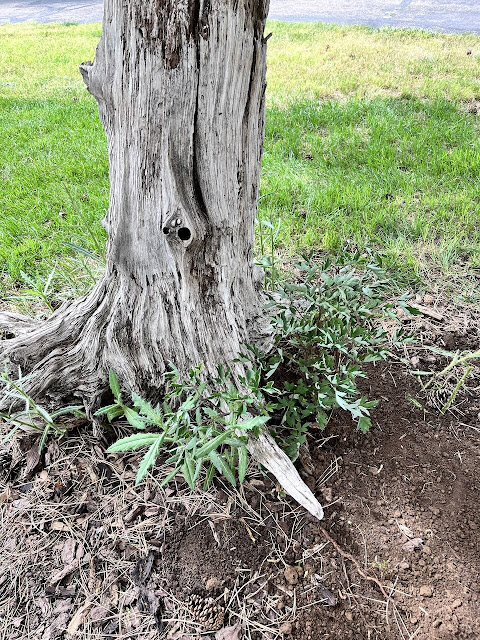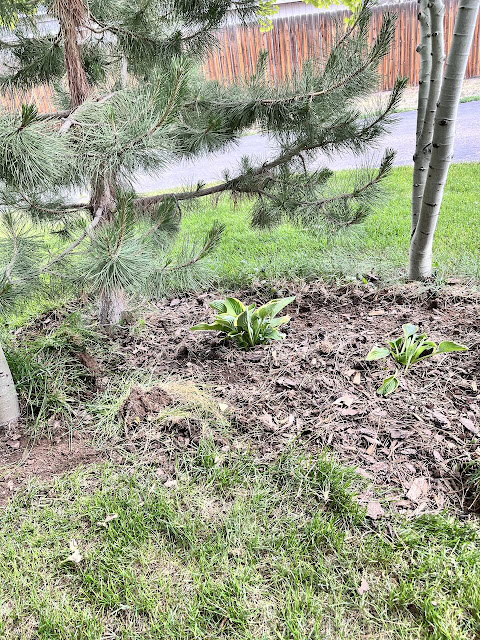June Blooms
It's cool this morning, unseasonably so at 59 degrees. By Tuesday we'll be in the 90s again, so we'll enjoy the respite while it lasts. June, though, is about spent. This week the notable new blooms include the Red Hot Poker (knophia), a newly planted poppy; and pure white daisies planted late last summer. A lot of hot color cooled down with white daisy.
The water lilies began blooming a month or more ago. In the center pond rests a giant clump of growth that for a while we thought was maybe a lotus, but alas, it is not. I've featured this water lily through the years of garden blogging. My dad originally brought it from Texas decades ago and planted it in his own farm pond. Winter hardy, it literally grows as a weed, escaping its pots to form one large clump. This summer the blooms have been spectacular and large.
I've added two new lilies. Well, one is not new. It broke off from somewhere, I repotted the small tuber and it is now growing new leaves. The one tiny leave amidst the the red rock is a new pink lily since my pink one did not bloom this summer.
To start new water lilies, divide the wood tubers with a sharp knife then simple plant them in a container will good drainage. Put a layer of small gravel in the bottom then add some garden soil, place the tuber on top and cover with more garden soil--straight from the garden, not commercial soil. I cover that with a layer of pea gravel or ordinary gravel from the year to help old the soil in place. If there are any leaves on the tuber, don't cover them. I also put a commercial tablet of fertilizer in the soil too.
These new plants are planted in the clear plastic containers that strawberries are sold in-- a nice recycling. Of course as the lilies grows they will be repotted in larger containers.
You will be amazed at how fast the water plants grows.
New this last week, the yellow lily surprised me. The blooms don't last more than a few days, but hopefully she will have more.
I had to photograph two together to make sure that the new bloom was indeed yellow.
Even though he's fake, the Blue Heron keeps watch over the gold fish. Were he real, he'd gobble up my little fish. The decoy keeps the real ones away.
More in the Barn Circle
The barn circle garden continues to take shape. The newly transplanted hostas and the elephant ear have taken to their new home nicely, so this week we added 3 new plants, Brunnera Marcophylla, aka Autumn Forget-Me-Knot. I don't know why Autumn because they bloom in the cool of spring and they are shade plant.
I love the delicate little blue flowers, but I especially enjoy the contrast of the colorful leaves, which is why I chose them to go with the blue hostas. This plant is in the shade garden on the north side of the patio.
The new plants are off set with the large hostas with the the bluish green leaves. As the for-get-me-nots mature I think that their colorfully veined leaves will create a beautiful contrast of texture and color in the garden.
As we walked through the shade plants at the garden center, I looked for shade loving summer blooms, but they didn't have any, except for coral bells, so I if I want color I may just have to go buy some of them.
Here's a view of the barn circle from the patio, my favorite garden spot at the moment.
On the Move
Dug up from the north side of the house that receives little sunlight, these 3 roses appeared to have retuned to the original old rose, which is common for the hybirds to do when the graft dies. I should have moved them last summer, but we never got around to it. You know how that goes. Now they have been relocated to an irrigated bed along the east chicken pen where they are on a timed watering system with a good drip head that will give them plenty of water that will help stimulate good root growth thus bringing on new leaf and stem growth. We shall see.
Jackson and Perkins rose: Veteran's Honor came out with any sort of root system.
David Austin Winchester Cathedral may be all old rose, and has only one tree sprig with leaves a couple of inches away from the main root system. We are hoping that the main root system will generate leaves. We can try.
Another Jackson and Perkins rose, St. Patrick may need a lot of tender loving care, too. She did bloom, so I know that she is the hybrid tea rose. I gave her a sever pruning to force new growth. I hope that works.
Thanks so much for stopping by. I'll be linking up with Angie at Letting Go of the Bayleaf for Monday Mosaic. See you there.

.jpeg)
.jpeg)
.jpeg)
.jpeg)
.jpeg)
.jpeg)

.jpeg)

.jpeg)
.jpeg)







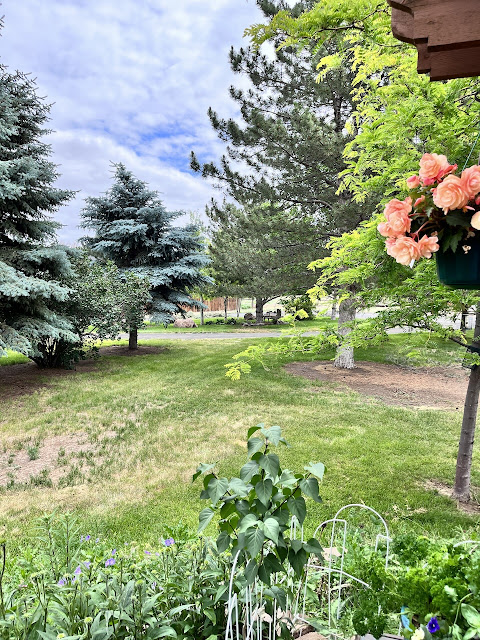
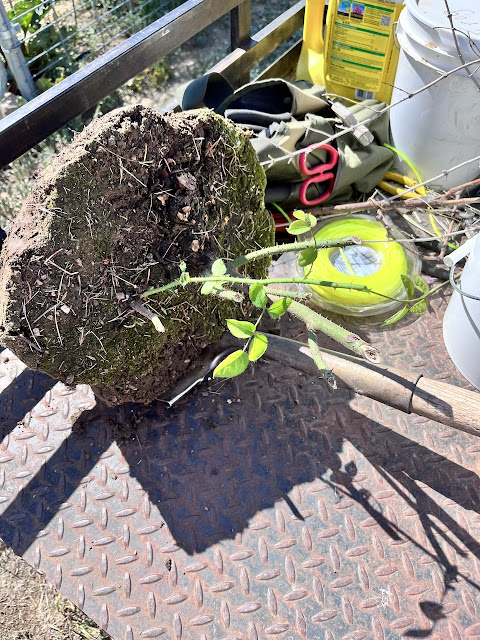




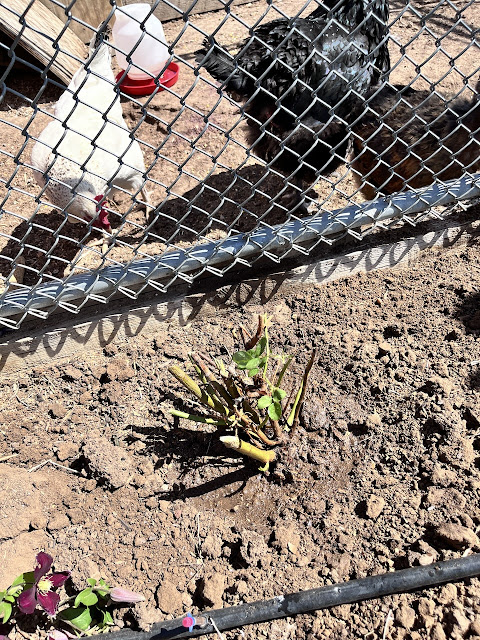





.jpeg)
.jpeg)







